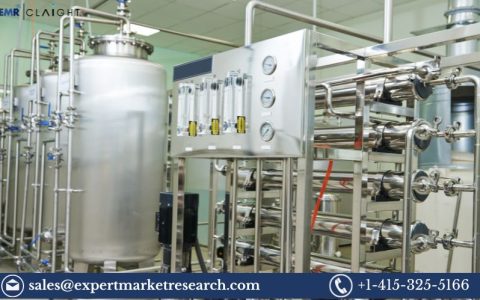In industrial settings, working with hazardous gases and vapors is a reality that comes with its fair share of risks. These substances, if mishandled, can lead to serious health issues, environmental damage, and even fatalities. Therefore, it’s crucial for workers to be well-informed and trained on how to mitigate these risks effectively. This article will provide comprehensive tips for mitigating risks associated with hazardous gases and vapors, emphasizing safety protocols and guidelines established by the OSHA 30 Hour Course.
Understanding Hazardous Gases and Vapors
Before delving into risk mitigation strategies, it’s essential to understand the nature of hazardous gases and vapors. These substances can emanate from various sources such as industrial processes, chemical reactions, or storage facilities. They pose a threat due to their toxicity, flammability, and potential for asphyxiation.
Identifying Common Hazardous Gases and Vapors
- Toxic Gases: Examples include carbon monoxide (CO), hydrogen sulfide (H2S), ammonia (NH3), chlorine (Cl2), and sulfur dioxide (SO2).
- Flammable Gases and Vapors: These substances have the potential to ignite and cause fires or explosions. Common examples include methane (CH4), propane (C3H8), and butane (C4H10).
- Asphyxiants: Gases such as nitrogen (N2) and carbon dioxide (CO2) can displace oxygen in confined spaces, leading to suffocation.
Mitigation Strategies for Working with Hazardous Gases and Vapors
1. Conducting a Hazard Assessment
Before any work involving hazardous gases or vapors begins, it’s imperative to conduct a thorough hazard assessment. This assessment should identify potential sources of exposure, evaluate the toxicity and flammability of the substances involved, and determine appropriate control measures. OSHA 30 Hour Course emphasizes the importance of hazard identification and assessment as fundamental steps in ensuring workplace safety.
2. Implementing Engineering Controls
Engineering controls are the first line of defense against hazardous gases and vapors. These controls are designed to eliminate or minimize exposure at the source. Examples include:
- Local Exhaust Ventilation (LEV): Installing ventilation systems to capture and remove gases and vapors at the point of generation.
- Enclosure and Confinement: Using sealed systems or containers to prevent the release of hazardous substances into the work environment.
- Substitution: Where feasible, substituting hazardous substances with less hazardous alternatives.
3. Providing Personal Protective Equipment (PPE)
Despite engineering controls, PPE remains essential for additional protection. OSHA 30 Hour Course emphasizes the proper selection, use, and maintenance of PPE. Workers should be provided with appropriate respiratory protection, chemical-resistant gloves, goggles, and protective clothing based on the specific hazards present.
4. Implementing Administrative Controls
Administrative controls involve policies, procedures, and training to minimize the risk of exposure to hazardous gases and vapors. Key measures include:
- Safe Work Practices: Establishing protocols for handling, storing, and transporting hazardous substances.
- Workplace Monitoring: Regularly monitoring air quality and gas concentrations to ensure they are within safe limits.
- Emergency Response Plan: Developing and practicing an emergency response plan in case of accidental releases or exposures.
5. Providing Comprehensive Training
OSHA 30-Hour Training plays a crucial role in ensuring workers are adequately trained to recognize hazards, understand control measures, and respond effectively in emergency situations. Training should cover topics such as:
- Hazard recognition and assessment.
- Proper use of engineering controls and PPE.
- Emergency response procedures.
6. Conducting Regular Inspections and Maintenance
Regular inspections of equipment, ventilation systems, and PPE are essential for identifying potential hazards and ensuring they are addressed promptly. Additionally, routine maintenance and calibration of monitoring equipment are necessary to ensure accuracy and reliability.
7. Establishing a Culture of Safety
Creating a culture of safety where all employees are actively engaged in identifying hazards and promoting safe work practices is vital. Encouraging open communication, reporting near misses, and addressing safety concerns promptly fosters a safer work environment.
Conclusion
Working with hazardous gases and vapors requires careful planning, implementation of appropriate controls, and ongoing vigilance. By following the tips outlined in this article and adhering to OSHA 30-Hour Training guidelines, employers can mitigate risks and ensure the safety and well-being of their workers. Remember, prioritizing safety is not just a legal requirement but also a moral obligation to protect lives and prevent workplace accidents.



